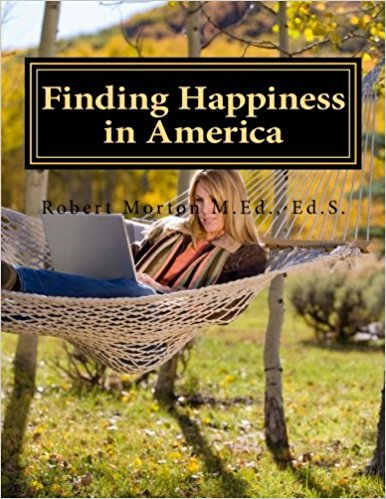Dear
Mr. Morton- My three sons have friends whose
parents are hunters. They have deer rifles and pistols in their homes and I'm
concerned that something tragic may occur. My kids are very curious about
everything! Any ideas on how to ease my fears? They are great friends and
the parents are responsible, so I don't want to make these gun-owning homes
off-limits to my boys. Concerned
Parent.
Dear Concerned Parent- All
of us watched with empathy as classes resumed for the students of Sandy Hook
Elementary School. Visions of last month's massacre in Newtown that left
20 first-graders and six educators dead remains embedded in our
minds. Many of us are amazed at how many guns there are in the U.S.
and, ironically, the vast majority of firearms are purchased by
sportsmen for themselves and for their children. Yes, many wonderful deep
and lasting friendships are forged between parents and kids who share an
interest in hunting. Young girls are getting into the hunting scene in record
numbers as well...it's not just a father/son thing anymore!
In my book "Finding Happiness in America," I researched statistics on gun purchases, gun violence, etc. The FBI estimates
that Americans buy 12 million guns every year. There’s a lot of them around and
your concern is valid- for every 10 children killed each year, one is
killed by a firearm. Yes, guns account for 10% of all deaths among kids from
age 5 to 14. Last year, 1,400 children under age 18 were killed
by guns and for each of these fatalities, almost 5 children received nonfatal
firearm-related injuries. Many of these children had access to household
firearms that were stored loaded or in unlocked places. Are the guns
secured in a locked place at the homes your children visit?
x
1. Keep firearms stored unloaded,
locked, and separated from ammunition. A child or teen should not have
access to firearms without direct adult supervision.
2. Talk to your children about
guns. Common Sense about Kids and Guns is a non-profit group of owners and
non-owners of guns committed to working together to protect America's children
from gun deaths and injuries. They recommend discussing firearms with children,
especially if you have them in the house.
Pre-teens: This is a good time to begin talking with children about
ways to solve problems that do not involve violence. With older children,
explain to them the consequences of violence and the dangers inherent in the
mishandling of guns. Continue to emphasize to children that they should never
touch a gun without adult supervision.
Young children: Experts advise parents to reassure children that, as
parents, they are doing their best to keep children safe. Children can be
exposed to a good amount of violence by the media, especially from TV and
movies. It is important to teach children that this is not real and that guns
cause real injuries. Emphasize to them that they should never touch a gun and
should always tell an adult if they come across one. The American Academy of
Pediatrics recommends repeating this message periodically to keep children from
forgetting.
Teens: This can be a difficult time to maintain open communication
with kids as they become more independent and rebellious. However, maintaining
dialogue with your children can help you spot any potential problems. The
American Academy of Pediatrics suggests that, at this point in a child’s life,
it is easier to keep guns away from teens than to keep teens away from guns,
which are often glamorized in the media. It is important that parents watch for
signs of depression or changes in behavior, as teens feeling this way are at an
increased risk for suicide.
3. Get yourself educated and
aware about the risks of  unsupervised access to guns by
children and teens. Begin by viewing the “GUNS AND KIDS” videos in the
right-hand margin.
unsupervised access to guns by
children and teens. Begin by viewing the “GUNS AND KIDS” videos in the
right-hand margin.
4. The most important thing a
parent can do, according to Betsy McAlister Groves, director of the Child
Witness to Violence Program at Boston Medical Center, is to listen to a
child’s concerns. As she told Newsweek, "allowing kids to voice their
worries is very important." Not talking about the problem will not make it
go away.
5. Contact an organization like
Common Sense about kids and guns: Their website is: http://www.kidsandguns.org/
You can reach them by snail mail, telephone or fax: 1225 I Street NW
Washington, DC 20005 · (202) 546-0200 · fax: (202) 371-9615.




